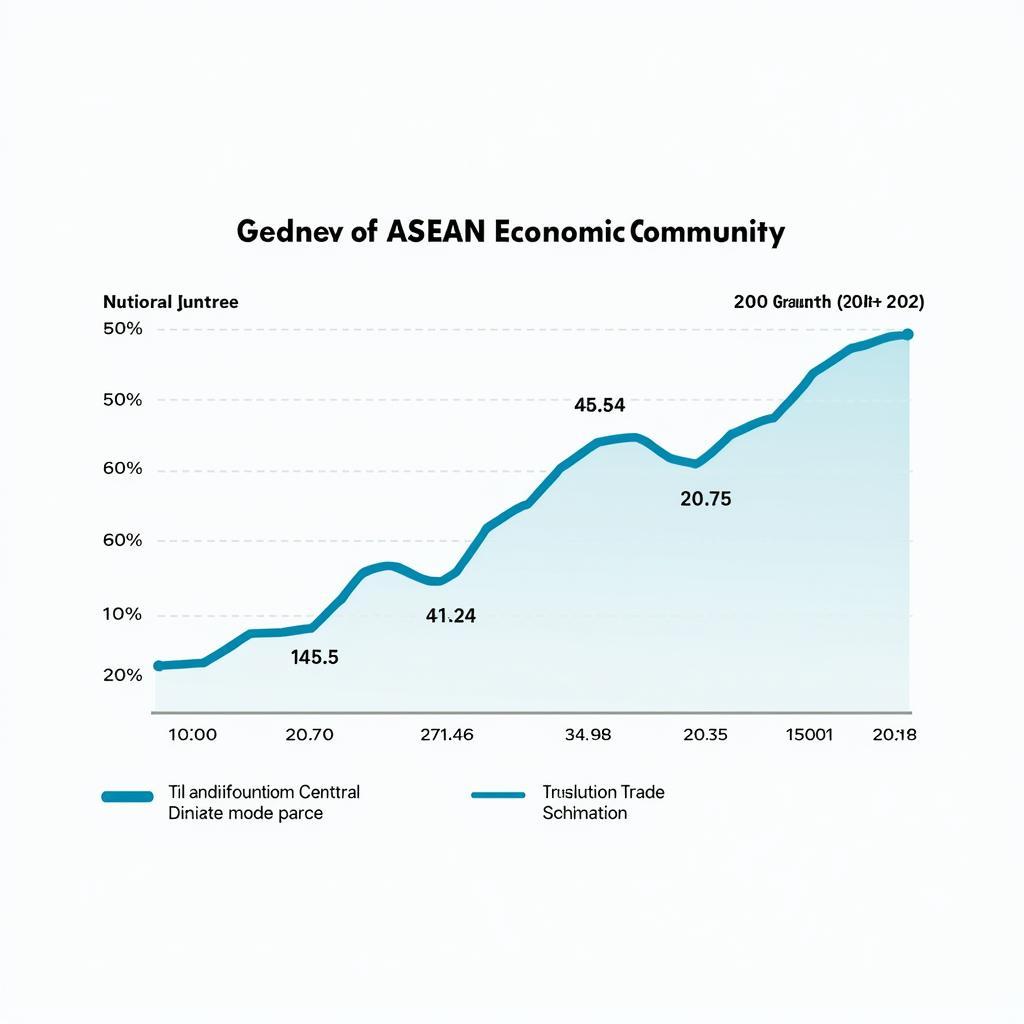Asean, the Association of Southeast Asian Nations, is a vibrant tapestry woven from the threads of diverse cultures, economies, and political systems. This dynamic intergovernmental organization, encompassing ten member states, plays a pivotal role in shaping the future of Southeast Asia and the broader global landscape. From bustling metropolises to serene rural landscapes, ASEAN offers a rich and multifaceted experience for visitors and investors alike.
Understanding the ASEAN Community
The ASEAN Community, established in 2015, represents a significant milestone in the region’s journey towards integration. Built upon three pillars – the Political-Security Community, the Economic Community, and the Socio-Cultural Community – it strives to foster peace, stability, and shared prosperity among its member states. This collaborative framework allows for the free flow of goods, services, investments, and skilled labor, creating a dynamic and interconnected market. What does this mean for the average citizen? Increased opportunities, improved living standards, and a greater sense of shared identity.
For instance, the ASEAN Economic Community (AEC) aims to create a single market and production base. This facilitates the movement of goods, services, investment, skilled labor, and freer flow of capital. This interconnectedness strengthens the region’s economic resilience and enhances its competitiveness on the global stage.
 ASEAN Economic Community Growth Chart
ASEAN Economic Community Growth Chart
What are some of the key benefits of the AEC? Businesses can access a larger consumer base, leading to increased sales and expansion opportunities. Consumers benefit from greater product variety and competitive pricing. The free flow of skilled labor allows professionals to seek employment across the region, fostering innovation and knowledge sharing. The AEC is truly a testament to the power of regional cooperation.
ASEAN’s Rich Cultural Heritage
ASEAN is a melting pot of cultures, traditions, and languages. From ancient temples to vibrant festivals, each member state boasts a unique heritage. Exploring this diverse cultural landscape is an enriching experience. Imagine experiencing the vibrant water festival of Thailand, Songkran, or witnessing the intricate artistry of batik making in Indonesia.
The rich cultural heritage of ASEAN is not only a source of pride but also a driver of tourism and economic growth. The region attracts millions of visitors each year, drawn by its natural beauty, historical sites, and vibrant cultural experiences. This influx of tourism creates jobs and stimulates local economies.
Navigating the Challenges of Integration
While ASEAN has made remarkable progress, challenges remain. Addressing issues such as economic disparities, environmental concerns, and political stability is crucial for the region’s continued development. How can these challenges be overcome? Strengthening regional cooperation, promoting sustainable development practices, and fostering dialogue are essential steps towards achieving a more integrated and prosperous ASEAN.
ase optimizer offers valuable insights and tools for businesses operating in the ASEAN region.
ASEAN’s Role in the Global Arena
ASEAN plays an increasingly important role on the world stage. As a bloc of rapidly developing economies, it is a key player in international trade and investment. ASEAN also actively participates in global forums, advocating for issues such as climate change and sustainable development.
ase art deco office chair is completely unrelated, but demonstrates the use of internal linking.
What is ASEAN’s stance on climate change?
ASEAN recognizes the urgent need to address climate change and has committed to reducing greenhouse gas emissions and promoting sustainable development practices. The region is particularly vulnerable to the impacts of climate change, such as rising sea levels and extreme weather events.
How does ASEAN promote regional security?
ASEAN plays a vital role in maintaining peace and stability in the region through dialogue, diplomacy, and cooperation. The organization provides a platform for member states to address security concerns and work towards peaceful resolutions to conflicts.
Conclusion
ASEAN is a region brimming with potential. Its diverse cultures, dynamic economies, and commitment to integration make it a fascinating and promising area for investment, tourism, and cultural exchange. By embracing collaboration and addressing its challenges, ASEAN can continue its journey towards a more prosperous and interconnected future.
acia asean ค อ provides further information about ASEAN.
FAQ
-
What does ASEAN stand for?
ASEAN stands for the Association of Southeast Asian Nations. -
How many countries are in ASEAN?
There are ten member states in ASEAN. -
What is the purpose of ASEAN?
The purpose of ASEAN is to promote regional cooperation and integration in Southeast Asia. -
When was ASEAN established?
ASEAN was established on August 8, 1967. -
What are the three pillars of the ASEAN Community?
The three pillars are the Political-Security Community, the Economic Community, and the Socio-Cultural Community. -
What is the ASEAN Economic Community (AEC)?
The AEC aims to create a single market and production base in Southeast Asia. -
How can I learn more about ASEAN?
You can visit the official ASEAN website and various other resources online.
accenture asean malaysia is another example of an internal link.
Need help? Contact us 24/7:
Phone: 0369020373
Email: aseanmediadirectory@gmail.com
Address: Ngoc Lien Village, Hiep Hoa, Bac Giang, Vietnam.
